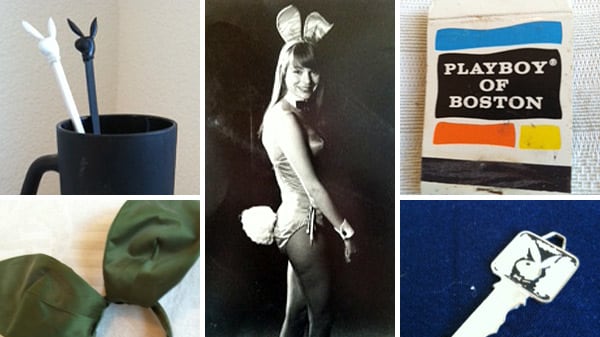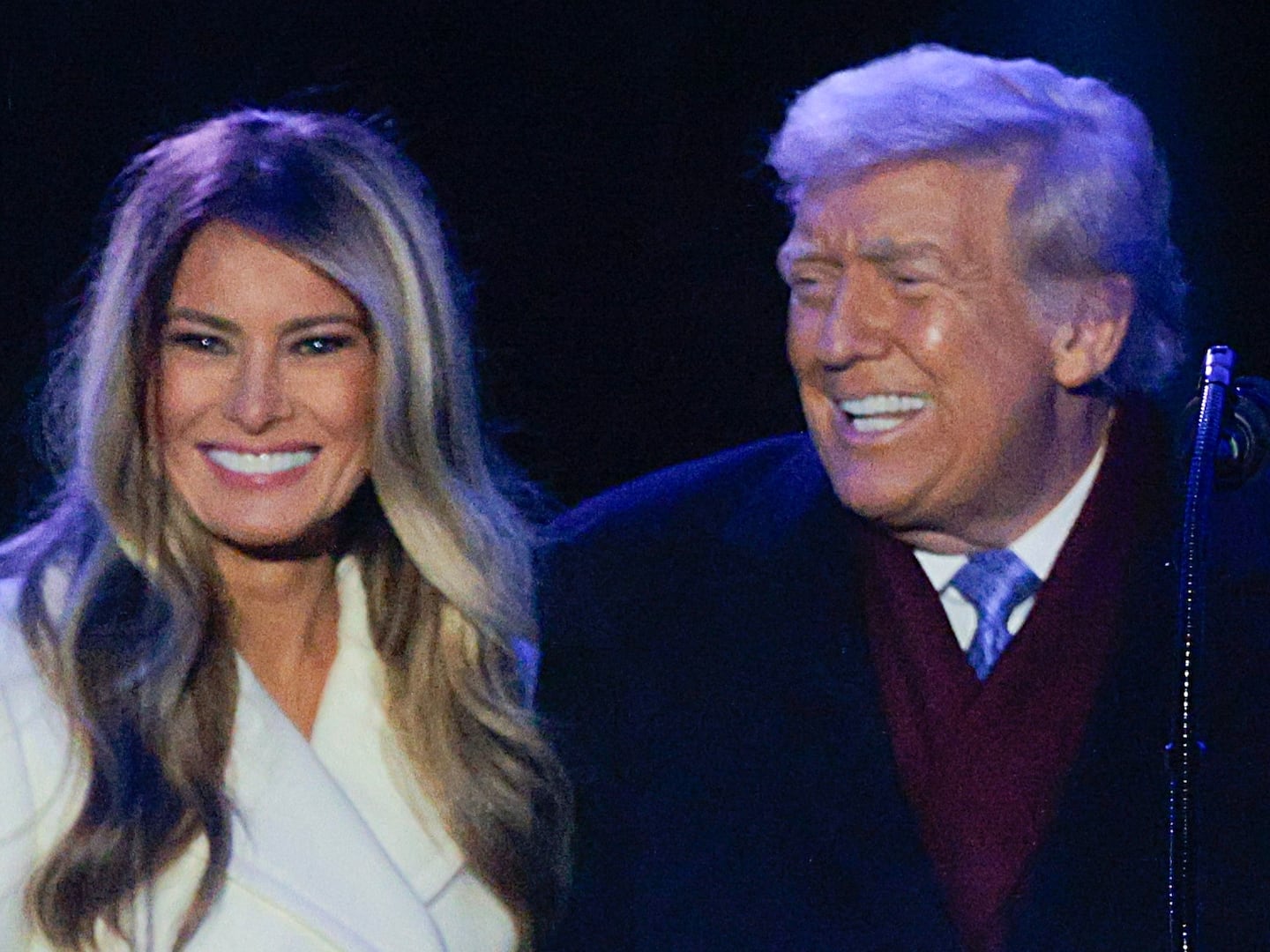The Playboy Club had just premiered, the new NBC show about Playboy Bunnies back in the day. I watched it, then followed the tweets as they trended through time zones across the country. There were the obvious fan and studio endorsements, and of course the equally predictable opposition tweets, condemning the show as “sexist.”
Wondering where the actual conversations were taking place, I logged onto Facebook and found my answer.
I should probably backtrack a moment to mention that prior to watching, I had shared a piece of family history with my network of direct contacts:
Mom and I will both be watching that Playboy Club pilot when it premieres tonight on NBC. Being the ninja archivist she is, Mom’s still got most of her memorabilia from back then. This includes bunny ears, cuff links, and name pin. Her name is Sandy but she went by “Pam” at the Bunny Club to ensure her anonymity if any of her student’s parents'’showed up ...
As an episodic hourlong drama, The Playboy Club offers a portal to a bygone era by way of beats, plot points, and eye candy. The portal I have leads to a retired librarian living in Palo Alto. It is the window of ongoing family lore and is not beholden to boycotts and Neilsen reports: my mom is a former Playboy Bunny, and thus, a primary authority on that scene.
I decided to jump into the Facebook fray and offer my mother up as a source of facts for anyone who had a question for her.
One person wanted to know if there was some truth to Hugh Hefner’s voice-over proclamation on the show that “Bunnies were some of the only women in the world who could be anyone they wanted to be.”
Mom’s response was so visceral, she appeared to have surprised herself. “Ridiculous,” was her initial adjective, quickly modified to “meaningless,” and then sanitized to “silly.”

“We had only a handful of options, and being a Bunny was a brand-new one,” she went on. “Teacher, nurse, stewardess, secretary. Bunny increased our options by 20 percent. It didn’t mean we could be brain surgeons. Hef’s dots do not connect.”
“Did any aspect of the new TV series ring true?” I wanted to know. Mom confirmed that the Bunny demographics depicted on Playboy Club were familiar.
“We had only one African-American bunny colleague, and we all liked her a lot. In retrospect it was odd that she was the only one, but at the time we didn’t talk about it.”
“The Boston Bunny Mother, Shirley, was also African-American, and had come from the Chicago Playboy Club. She was nothing like the TV version’s Bunny Mother. She had come to Boston with Keith Hefner, Hugh Hefner’s brother, to train our rookie staff for the Boston opening, and she and Keith were kind, funny, and effective educators.”
As far as Mom could tell, the rule forbidding bunnies to date club members was not created by a Bunny Mother who was furious about finding a new Bunny in her boyfriend’s apartment. The rule was created and enforced to protect Bunnies from being put in the awkward position of having to decline club members’ advances. “A direct refusal from a bunny would be unpleasant and might result in no tip.”
On the other hand, “If one of our authoritative floor managers explained the rule to a persistent customer, the refusal went smoothly. Same was true with the rule about not touching the Bunnies.”
Another friend wanted to know more about the Bunnies’ attitudes toward the gig. Did they genuinely enjoy a night of walking around in three-inch heels while they balanced cocktail trays, or did their all-American smiles conceal an “Oh, jeez, we’re dressed like rabbits” subtext?
“It was never, ‘Oh jeez, we’re dressed like rabbits,’” mom explained. “Being a Bunny meant power and pride. Hundreds of women had applied for 40 coveted, well-paying positions, and the women who stayed were not only pretty, but also reliable, well-trained, and punctual workers.”
“We had a love/hate relationship [with] our uniforms. Costumes are almost always fun—even if they are very, very tight,” Mom reminisced.
“The Bunny Mother assigned a color to us for our first costume, but later we got to choose our second and third colors ourselves. Shirley chose red for me, and later I chose orange and green. Only a few of us, mostly platinum blondes, got to wear black, as Hugh Hefner wanted us to look colorful.”
“We could hardly wait to see how we would look when we put on the whole shebang—ears, collars, bow ties, suit, name badge. We carried trays loaded with drinks, mugs, cigarette lighters, and flashlights by which we read checks in the dark. We wore black panty hose—inspected by the Bunny Mother for runs—and our shoes were wicked, dyed to match, fake linen pumps with three-inch heels. Overall, we liked it.”
She described the night of the wet run, when they practiced perching, serving drinks, and performing Bunny dips for invited guests as “a giddy occasion.”
Mom is a longtime fan of Nora Ephron, but she strongly disagrees with the “trust me, no one wanted to be a bunny” statement she made in Newsweek.
Mom’s $10,000-a-year pay was twice the amount of her salary as an English teacher at Waltham North Junior High School. Playboy of Boston, however, didn’t require she deliver unwanted instruction in identifying gerunds, infinitives, and participles. Club members were appreciative and receptive.
The Boston Bunnies knew about Gloria Steinem’s famous undercover investigative story at the New York Playboy Club. In fact, my mother brought a copy to the club and circulated it among the bunnies. Her take:
“We didn’t relate to Gloria Steinem’s experience in New York. On weeknights, our customers were often businessmen, professors, and Harvard graduate students. Weekend customers were more boisterous.”
In the worst-case scenario, mom said, someone would leave a tip she could not fold. Borrowed keyholders would leave loose change if members neglected to clue them in on what a proper Bunny tip entailed. Also, coins did not conveniently slide into the “vault” (Bunny-speak for bodice) the way paper money did.
I asked mom about the other end of the spectrum: what was the best thing she remembers a customer doing?
Here, she recalled a gift that an admirer brought her the day after she waited on him. It was an Leonard Cohen LP record that he wanted her to enjoy.
Prior to that point, Mom had never heard of Leonard Cohen. In fact, in the section of the Bunny application that asks “What is your favorite type of music?” she had written “baroque," and her response to the next question, “What is the last record you bought?” was "Bach’s Cantata 147.”
Although she never again saw the guy who brought her the Leonard Cohen record, Mom liked that it was “something he loved and wanted to share.”
Of course, she also still happily remembers the day that she received a $100 tip.






